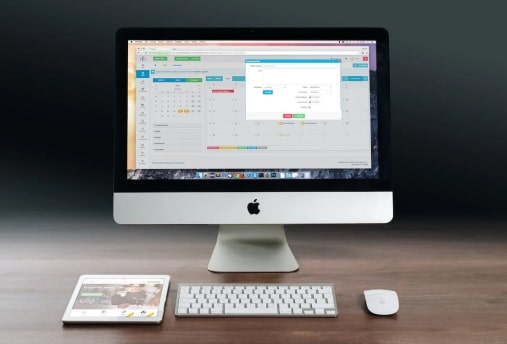
The Key Role of UI Design
In the digital world, where attention spans are fleeting and information overload is a constant challenge, the role of visual hierarchy in UI design cannot be overstated. Visual hierarchy is the organization and prioritization of elements within a user interface to guide users through content, facilitate comprehension, and enhance usability. In this blog post, we’ll explore the importance of visual hierarchy in UI design and discuss strategies for creating effective hierarchies that engage and inform users. The Key Role of UI Design
Understanding Visual Hierarchy
Visual hierarchy is the arrangement of elements within a design in such a way that certain elements stand out more than others, drawing users’ attention and guiding their focus. It involves manipulating various design principles, such as size, color, contrast, typography, and spatial relationships, to create a clear and intuitive flow of information. The Key Role of UI Design
Importance of Visual Hierarchy in UI Design
- Enhanced Readability and Comprehension: By establishing a clear visual hierarchy, UI designers can effectively organize content and make it easier for users to scan, read, and understand information. By prioritizing important elements and de-emphasizing less critical ones, users can quickly grasp the main message or purpose of the interface.
- Improved User Engagement: A well-executed visual hierarchy captivates users’ attention and encourages them to explore further. By strategically placing visually prominent elements such as calls-to-action or interactive elements, designers can prompt users to take desired actions and engage more deeply with the interface.
- Facilitated Navigation and Task Completion: Visual hierarchy plays a crucial role in guiding users through complex interfaces and helping them accomplish tasks efficiently. By organizing content hierarchically and providing clear visual cues, designers can reduce cognitive load and friction, making it easier for users to navigate and find what they’re looking for.
- Established Brand Identity: Visual hierarchy is instrumental in conveying brand personality and identity through design. Consistent use of brand colors, typography, and imagery helps reinforce brand recognition and create a cohesive and memorable user experience.
- Accessibility and Inclusivity: Visual hierarchy is essential for creating accessible and inclusive user interfaces that accommodate users with diverse needs and preferences. By ensuring sufficient color contrast, legible typography, and clear information hierarchy, designers can make interfaces more accessible to all users, including those with visual impairments or cognitive disabilities.
Strategies for Creating Effective Visual Hierarchy
- Prioritize Content: Identify the most important content and actions that users need to focus on and ensure they are prominently displayed within the interface.
- Use Contrast Wisely: Leverage contrast in color, size, and typography to differentiate between different types of content and establish a clear hierarchy of importance.
- Consistent Typography: Maintain consistency in typography choices, including font styles, sizes, and weights, to establish a cohesive visual hierarchy and improve readability.
- Whitespace and Negative Space: Utilize whitespace and negative space strategically to create breathing room around elements and guide users’ attention to key content.
- Progressive Disclosure: Gradually reveal information and functionality to users as they interact with the interface, prioritizing essential content and actions upfront and providing additional details as needed.
- Feedback and Affordances: Use visual feedback and affordances to communicate the interactive nature of elements and provide cues for user actions, such as hover effects or button states.
Conclusion
In the increasingly cluttered and fast-paced digital landscape, visual hierarchy plays a pivotal role in UI design, guiding users through content, enhancing usability, and facilitating engagement. By prioritizing clarity, consistency, and user-centricity in visual hierarchy design, UI designers can create interfaces that captivate, inform, and empower users to navigate with ease and confidence.
Related Blog: Approach to High-Performance E-Commerce Development
















